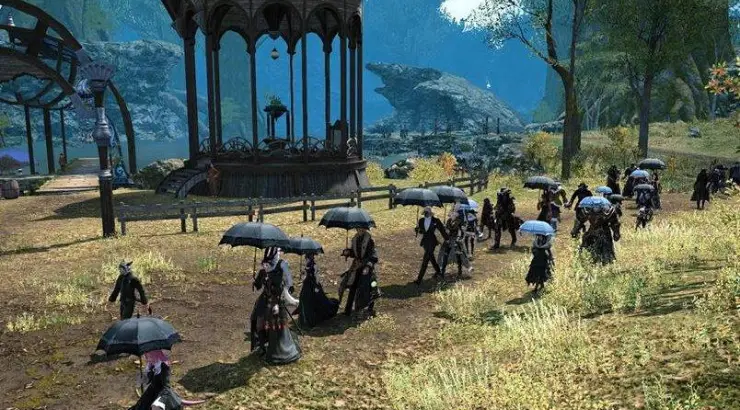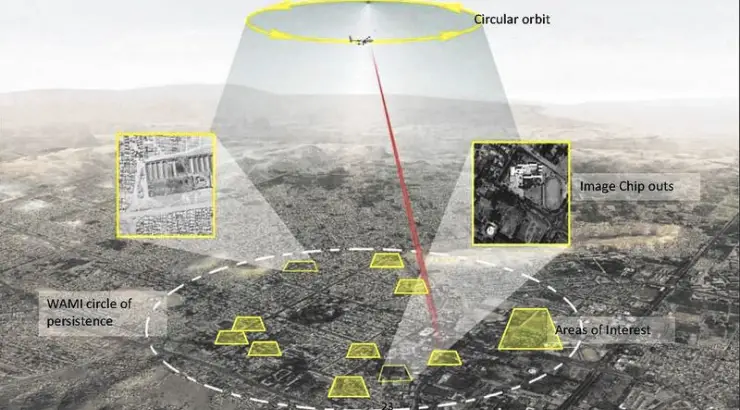
The Religion Of The Peacock Angel The Yezidis And Their Spirit World
by Garnik S. Asatrian and Victoria Arakelova
Preface vii
Part I: The one god 1
1 Malak-Tāwūs: the leader of the triad 9
2 Sheikh ‘Adi 37
3 Sultan Ezid 45
Part II: The Yezidis’ pantheon and the syncretic features of
their religion 51
4 The Yezidi minor deities, saints and holy men 53
5 Aspects of nature and celestial bodies in the Yezidi tradition 109
6 Yezidi religious syncretism 121
Conclusion 133
Bibliography 135
Index 145
FROM THE PREFACE
The main religious centre of the Yezidis is situated in the valley of Lalish,
the Sheikhan region (north Iraq), where the sanctuaries of most of the Yezidi
saints and holy men are located. It is also the centre of Yezidi traditional learning. The seat of the Yezidis’ spiritual leader, the Prince or mīr, is in the nearby
village of Ba‘dre.
The religion exclusive to the Yezidis constitutes one of the most enigmatic
and least investigated phenomena of the Near Eastern non-dogmatic milieu.
But it has beckoned increasing attention from scholars of religion studies,
certainly more than ever before over the last three decades. Despite multiple
references by travellers, missioners, military officers and intellectuals to the
existence of this mysterious people, as well as to a number of their peculiar
features, customs and rites, more or less fundamental researches on the Yezidi
history and religion only started appearing from the 1970s. The close character of this esoteric community and difficulties in interpreting its religious lore
– the primary source for the study of the tradition – still remain serious obstacles for scholars of the field. Yet the ongoing publication and translation of the
Yezidi lore, its proper interpretation and commentaries – both by traditional
connoisseurs and scholars of Yezidism – have facilitated a gradual understanding of the essence of its complicated religious doctrine.
Yezidism is a unique phenomenon, one of the most remarkable illustrations
of ethno-religious identity, centred on a religion the Yezidis call Sharfadin (see
pp. 29–30). The peculiarities of this religious system are not only limited to
its syncretism, some elements of which can be traced in Sufism, a number
of extreme Shi‘ite sects, substrate pre-Islamic beliefs, Gnosticism and other
related traditions surviving from the ancient world, but they also include specific features solely characteristic of the Yezidi faith which define the belonging of its followers to the Ezdikhana (Ēzdīxāna) − the esoteric community of
the Yezidis itself. In this case, when providing characteristics of Yezidism in
its current state, it is quite legitimate to speak of the unity of both the Yezidi
religious identity and Yezidi ethnicity.
Historical analyses of various ethno-religious communities in the Middle
East and Central Asia have shown that their development has a clearly
expressed vector − the drive for ethnicity.3
The dynamics of the development of
ethno-religious communities − from religious identity to ethno-religiousness
and, finally, to claims of special ethnicity in the modern context − look to be
ix
preface
emerging as a coping stone, or at the very least a crucial paradigm, for explaining the ethnic vector in the development of any ethno-religious community
in the long run.
On this reading, the ethno-religious group in its process of establishment
and development passes through several stages. First of all, it dissociates itself
from its own prior religious surroundings, marking a new “dominant” around
which a new syncretic doctrine is being formed. This dominant provides the
basic religious specificity of the new community. Then a “closing” of the community takes place: a strict endogamy, indeed, becomes a guarantee of preserving the esoteric religious knowledge inside the community. (To a certain
extent, endogamy is also determined by hostile surroundings, when outsiders
impute the group with distorted doctrines and heresy.) It is specifically endogamy that distinguishes an ethno-religious community, that is, as distinct from
any other esoteric group (mystical order and others) which one could join as a
member by passing some ritual of initiation. And it is namely endogamy that
defines the ethno-religious and thus, in the final analysis, the ethnic vector of
the development of a new community whereby religion still remains the main
differentiative indicator.
The process of the formation of the Yezidis as a separate ethno-religious
group took place in the period from the eleventh to the fourteenth century
in the region of Sinjar in northern Iraq. The religious dissociation of the Yezidis from the local milieu took place in the very colourful religious scenery of
Mesopotamia where different ideas of Islam and Christianity were interlaced
with Gnostic ideas and local folk beliefs. In the tightly loyal surrounding of the
Sufi ‛Adawīyya order, which became the core of a new community, there arose
and developed a fundamentally new syncretic religious doctrine, and one curiously lacking a common dogma in the strict understanding of the term. By
preserving a number of elements of mystical Islam, the Yezidis inhaled different and sometimes contradictory elements of many other religious streams
in the region they inhabited. They were nourished by various marginal ideas
found in their “fertile heretical” surroundings, distant from centres of orthodoxy. Some elements of Yezidism, however, are extremely specific, even
unique in the whole new Iranian expanse, so that it becomes impossible to
find echoes of them in other doctrines (even if typological parallels are commonly available). These peculiarities turn out, in fact, to be fundamental for
Yezidi religious ideology, and have emerged as main indicators of their selfconsciousness, defining the Yezidis and the conceptions of Yezidism as they
are in an assortment of shibboleths










